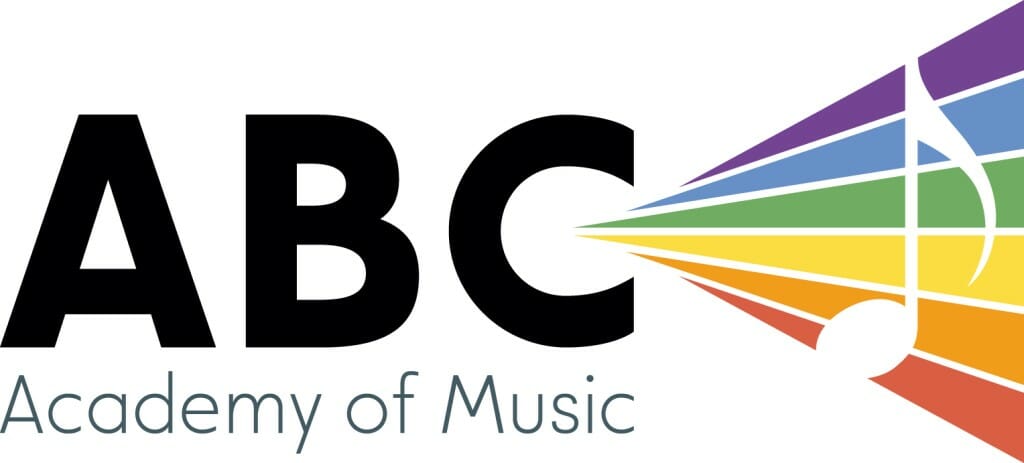Tova
Xylo week: Cupid by 50/50 is now fully transcribed for you. Try to find all the notes at home and give your best try to learn the rhythm. When in doubt, try to count out loud in 8th notes (1 n 2 n 3 n 4 n), listening to the recording for answer is our last resort!
Rolls: I would like you to turn on metronome at around 80-90bpm, and play on 1 pitch (middle C for example) then play 1. 16th notes (4 notes a beat), 2. quintuplet (5 notes a beat, alternate between R and L on main beat, RLRLR LRLRL), if feeling capable, sextuplet (6 notes) The idea is to have control over when we are landing our roll and consistency in strokes (both in terms of timing and sound quality) avoid unevenness (e.g. LH softer than RH)
Jared
Bring me to life by Evanescence
we familiar ourselves up to bar 33. Great job dissecting such a complex groove. Work up to speed at home. We will try to play with recording for the section and read on next class. Also still try to spend some time planning the solo. A good solo doesn’t just come out of nowhere, but hard work!
Mario
Warm Up:
Triplet and double was superb today! Definitely seeing immense improvements with the relaxation aspect. We will keep using this as our warm up into the session
Drag: find a sweet spot between the clear three note (LL R) and the “french” way (buzz left R)
play around with both at home. for LL, use the same principle of practising doubles. Aim to do it in one movement instead of two taps. Explore how to recycle the bounce.
My Friend by RHCP
WE have familiarise ourselves with the tough spots in Page 1 and we are absolutely ready to play through some stuff next week. In the meantime, keep practising those transitions in chunks. Small chunks into large, then into phrases!
Start learning second page as we have today!
Do it slow!
Jonah
Material from Hannaford (snare drum and mallet or accessories) – The Simpson:
We explore where can we make good sounds on the xylophone, and the idea of playing on the edge of accidentals (sharp and flats), the tip of the edge has a more open sound than somewhere closer to the nodal point. Avoid nodal point at all cost.
Very tricky passages, but you quickly mastered how to play them. However always remember that to practise efficiently means doing it systematically and always strive to get repetition of the right notes.
Few things to remember are:
- position your right hand mallet below your left on the key so you don’t trip yourself going up the keyboard
- always observe the key signature and sharp flats
- when in doubt, block them in two, play it slow and slowly build up the muscle memory to play the passages
- for the repeating note passage, practise playing it with only RH then introduce LH after (with the idea of RH leading LH)
